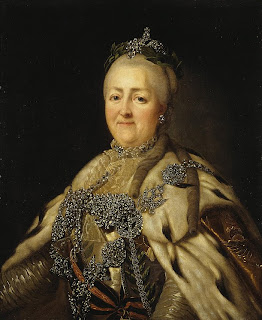The turbulent court of Mary Queen of Scots is the backdrop of
The Flower Reader,
which tells the tale of Marina Leslie of Granmuir and her struggle for
survival in Reformation Scotland. Of mixed French and Scots descent,
“Rinette,” as she is called, possesses a clairvoyant gift which is
stirred by the presence of flowers. Nevertheless, having the knowledge
of future events does not prevent her from being almost continuously in
trouble.
A distant relative and protégée of Marie de Guise, Rinette is
entrusted by Marie with a silver casket of Nostradamus’ prophecies which
must be delivered to no one but young Queen Mary. While determined to
fulfill her promise to the late Queen, Rinette is also intent upon
marrying young Alexander Gordon, whom she not only loves but who will
help her to keep her lands out of the hands of more powerful nobles.
When Alexander is killed by a mysterious assassin, Rinette must use the
hidden silver casket as a bargaining chip to save not only her patrimony
but to obtain Queen Mary’s help in bringing his assassin to justice.
Nothing turns out as she plans, however; very few characters are what
she first thinks them to be, except of course Rannoch Hamilton, who
proves to be a greater wretch than Rinette ever suspected.
Mary Stuart is portrayed in all the fullness of her enchanting youth:
impulsive and sweet, majestic and clever but also vain, naïve,
temperamental and slightly neurotic. Her court is brought to life, as
are the various factions and plots which rend Scotland asunder and lead
to Mary’s downfall. Loupas accurately depicts a stormy, complex era by
means of a page-turning mystery and romance.
This review originally appeared in the May 2012 edition of the
Historical Novels Review.
(*
NOTE: This book was sent to me by the Historical Novel Society in exchange for my honest opinion.)
Share




























